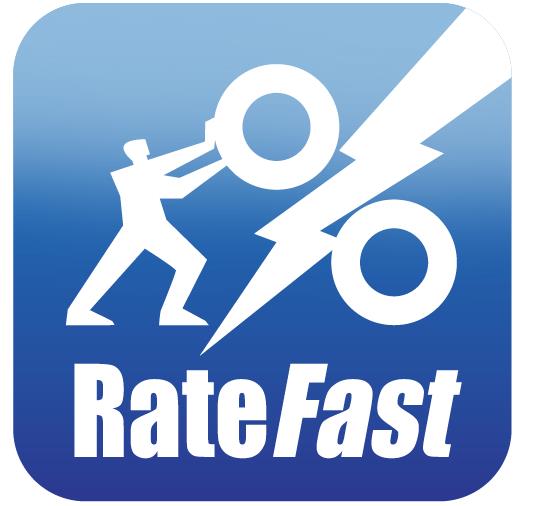Activities of Daily Living are among the most neglected topics to be reported in impairment reports. The AMA Guides to the Evaluation of Permanent Impairment Fifth Edition clearly defines activiites of daily living (ADLs) as essential for understanding the impact and creation of impairment ratings (Chapter 1; Philosophy, Purpose, and Appropriate Use of the Guides). Table 1-2 Page 4 lists 34 defined activities of daily living.
Every impairment report created under the AMA Guides should have a clear review of all 34 ADLs. The report should indicate positive and negative responses. It is essential to understand that the goal of the ADL is not to identify functional issues in the workplace. The goal is actually quite the opposite. The goal is to identify an individual’s ability to perform “common activities of daily living (ADL), excluding work.” (Page 4). This allows all individuals to be evaluated on a common basis, the actives necessary in daily living. Remember, this table has nothing to do with the work place.
ADLs have various levels of impact on the impairment calculations depending on the chapter in the Guides 5th Edition. In Chapter 8, The Skin, ADLs are used as primary determination for impairment class assignment (Table 8-2 Page 178). In Chapter 15, The Spine, ADLs are used to adjust the impairment value range (Section 15.4, Page 384). In Chapter 16, Upper Extremity, ADLs are used very little in the rating methods.
Finally, remember as you view activities of daily living some simply cause pain but do not disrupt an activity. Other times the the condition may completely preclude an activity. A well crafted impairment report will make these distinctions. Also, do not simply “write-off” some ADL activities as not relevant. For example, an individual with a shoulder injury may report difficulty with the activities of walking because of pain when the arm swings with the gait motion, or climbing stairs because of pain using the handrail. Traditionally we do not think of walking and climbing steps as being important with a shoulder injury.
A strong understanding of how the ADLs are used in the creation of impairment values will serve you well when discussing and analyzing report conclusions. Require reports to be standardized with this section, and use attention to detail in the ADL section to assess the level of detail that has gone into the report.






